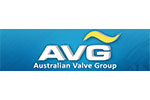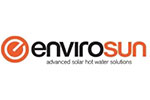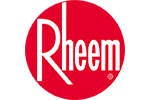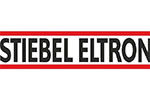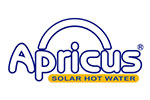Solar Hot Water systems come in 2 different styles that have multiple options in storage sizes, the way they heat the water and designs to suit different home styles, climates and locations.
Installing a hot water system not only reduces power consumption, but there is $$ savings in your power bill.
- Roof mounted
- Ground mounted
- Solar Collector – Flat panel
- Solar Collector – Evacuated tube
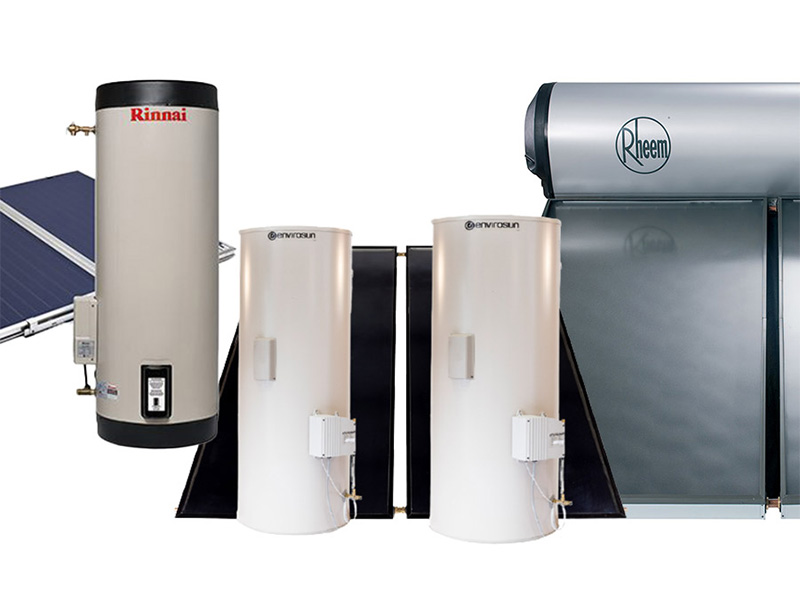
Solar Hot Water Systems
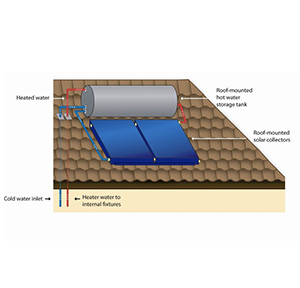
Roof mounted – Thermosyphon solar water heaters
This is the older traditional solar hot water style where the tank and panels are located on the roof.
To heat the water, cool water moves to the solar panels and when the temperature rises it transfers to the storage tank above the panels.
All new thermosyphon solar water heaters have a valve on the flow line to the panels that restricts water when it has reached 60°C. This saves on water loss, but they do not become as efficient or store as much hot water.
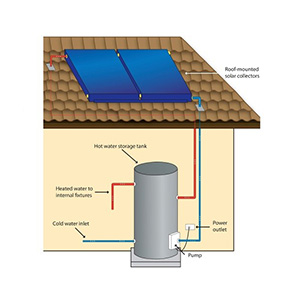
Ground mounted – Split system solar water heaters
This solar hot water style is where the tank is located on the ground with only the solar collectors on the roof, they can be flat solar panels or evacuated tubes.
The hot water storage tanks generally comes in 250L, 315L and 400L
They operate via sensor at the panels and storage tanks that take a continual temperature reading that sends power to a small circulating pump to push water from the lowest point of the tank through the panels allowing the solar panel heat to transfer and then back to the tank.
The circulation pump will not until the panels have a temperature 10°C above the water temperature within the tank. Once the tank reaches its desired temperature water is held in the panels until it is used and lowers below the parameters to have the pump operate.
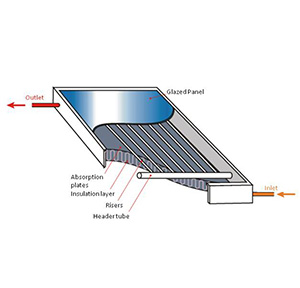
Solar Collector – Flat panel
These solar panels have a manifold of copper pipe work and flat plates that are powder coated black to absorb as much heat as possible that transfers to the water as it flows through either by thermsyphon transfer or by a circulation pump in split systems.
They can also provide some heat without direct sunlight, up to twice the temperature, so for example if it reaches 26°C the panels should be able to get the tank to 52°C on an overcast day.
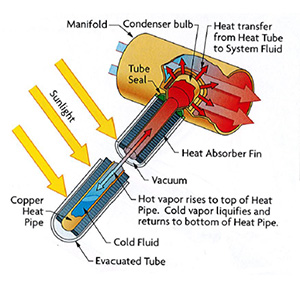
Solar Collector – Evacuated tube
These are a series of glass tubes that have copper rod inside that has a fluid that heats rapidly and are inserted in a manifold to the highest point.
We don’t recommend these to most Queensland homes, as they are designed for cooler climates.



